The Dota 2 pro scene underwent an enormous transformation in 2021. After long being built around international live tournaments, things have moved to online regional leagues.
It’s a major change that is likely hard to keep up with for fans that don’t follow the entire esports scene, but it’s an interesting system that creates new rivalries and may open doors for new talent. Here’s everything you need to know about how the new Dota Pro Circuit works.
What is the DPC in Dota 2?
DPC stands for the Dota Pro Circuit, a series of competitions used to determine the direct invitees to The International.
Before the introduction of the Dota Pro Circuit, Valve handed direct invitations to The International and its official majors to teams as it saw fit. This was a seemingly subjective system that inevitably left strong competitors frustrated by the lack of an invitation, often for reasons that were left unclear. Making matters worse, the number of invitees varied anywhere from six to the entire field of a tournament.
The Dota Pro Circuit instead assigns qualifying points to strong placements in specific tournaments. Teams earn points as the season progresses and the teams with the most points get a direct invitation to The International.
From 2017 to 2020, the Dota Pro Circuit was made up of designated majors and minors. Originally, the Dota Pro Circuit allowed tournament organizers to pick invitees to majors and minors, but this was changed to see all participants decided through qualifiers. Teams would lose a portion of their points for roster changes made during the season.
In 2021, this system was changed to instead see teams qualify for majors through regional leagues. Minors were eliminated entirely in favor of regional leagues.
How do DPC leagues work?
In 2021, the Dota Pro Circuit was changed to involve a series of regional leagues. The six primary Dota 2 regions all have two leagues each with eight teams apiece, operated by tournament organizers from around the world.
Each region has an upper division division and a lower division. The upper division sees top performers qualify for majors and the worst teams demoted to the lower division. The lower division sees its best promoted to the upper division while the worst teams are removed entirely. The empty spots in the lower divisions are filled through open qualifiers. Each region has a designated number of slots for the following major ranging from two to four.
🎉 @teamsecret are your #DreamLeague S14 DPC EU CHAMPIONS! 🎉
— DreamHack Dota (@DreamHackDota) February 24, 2021
(old news, we know) pic.twitter.com/XZngplT0A9
Dota Pro Circuit leagues are divided up into seasons. Each season takes place across six weeks, which sees the eight teams in each league compete in a round robin. Teams can earn qualifying points towards an invitation to The International through both the leagues and majors.
How do you qualify for Dota 2 tournaments?
The 2021 Dota Pro Circuit operated differently from previous years. The upper division of each region saw four teams given direct invitations. The other four were determined via qualifiers.
Different regions took different approaches to these qualifiers. Europe, CIS, and South America held separate competitions involving eight teams in each region to determine the other four competitors for the upper division. These eight teams were invited to take part in the play-in competition, with the top four being awarded spots in the upper division and the bottom four being placed in the lower division.
North America followed its own format. Though structured similarly, this format saw open qualifier teams afforded the opportunity to gain a spot in the play-in portion of the league.
It is uncertain what the plan is for the qualification process moving forward, but odds are that it will be similar with some flexibility determined by the tournament organizers running the leagues.
Hopefuls looking to compete in official Dota Pro Circuit leagues typically need to register their teams with a separate tournament organizer, who will then slot aspiring teams into a bracket. Open qualifiers typically run across one or two days, with best-of-one series played until either the semifinals or finals.
What is the biggest Dota 2 tournament?
The biggest tournament in Dota 2 each year is The International. The event is owned and operated by Valve and represents an enormous portion of the money attached to pro Dota 2 each year, with recent installments representing almost 70% of the total prize pool money for an entire calendar year.
The International’s prize pool is funded through purchases of the in-game battle pass for the event. 25% of these proceeds are funneled into the game’s prize pool, inflating the prize pool beyond anything else seen in esports. The International 10, originally set for August 2020, was slated to have a prize pool worth upwards of $40 million.
Though The International’s eye-catching record prizes makes it a unique spectacle in esports, its size does come at a steep cost. The disproportionate size of The International relative to the rest of the year creates a warped incentive structure that leaves players, competing organizations, and tournament organizers with diverging interests. Players look to make the most money by competing at The International, organizations look to create content that can be pitched to sponsors, and tournament organizers are forced to woo in both of these parties in order to create content of their own.
This misalignment has created a great deal of tension within the scene and has hindered the growth of Dota 2 esports over time.










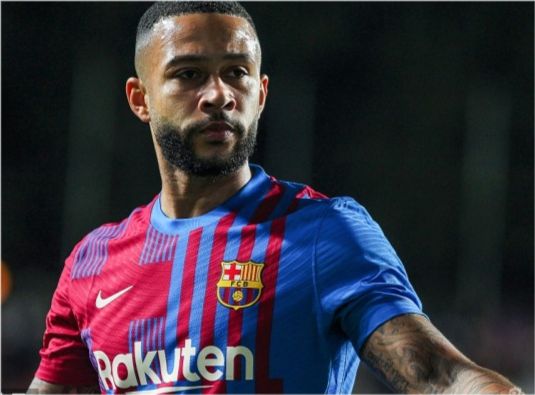
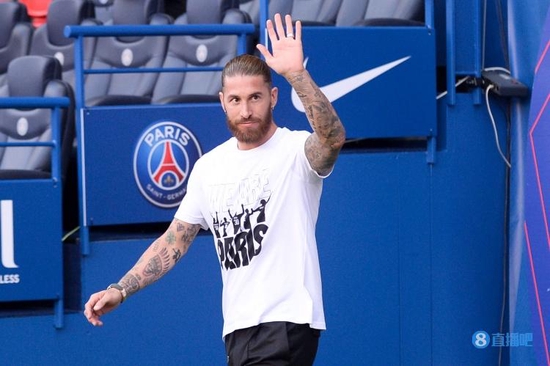


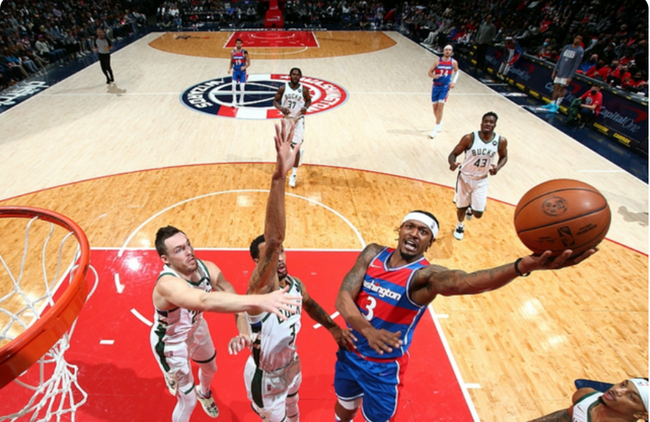
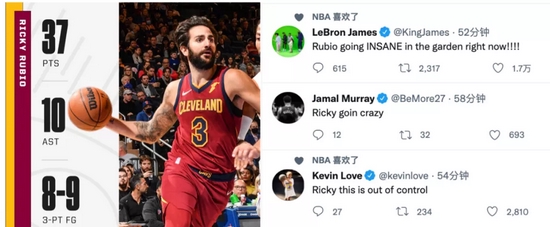

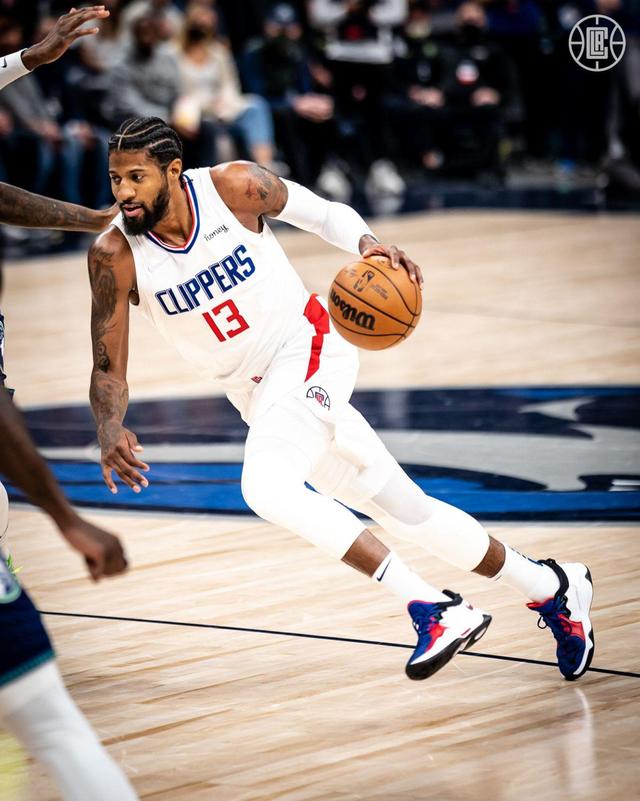
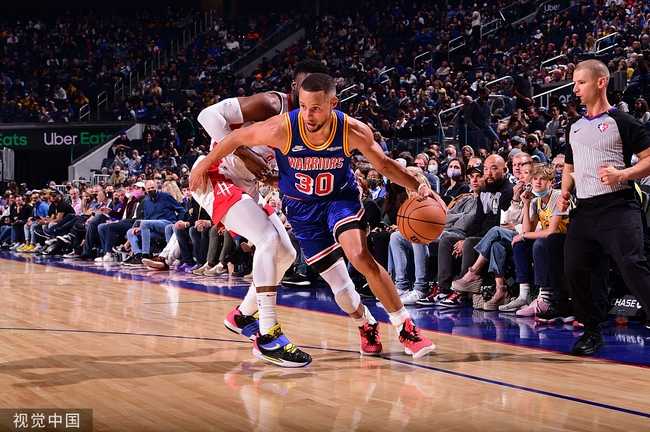
A writer is someone for whom writing is more difficult than it is for other people.
Teamwork begins by building trust. And the only way to do that is to overcome our need for invulnerability.